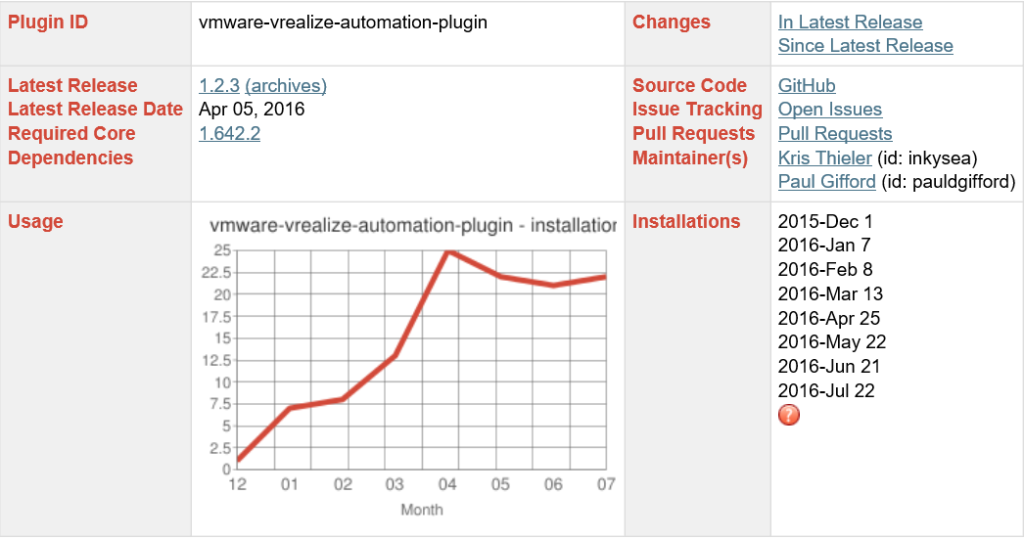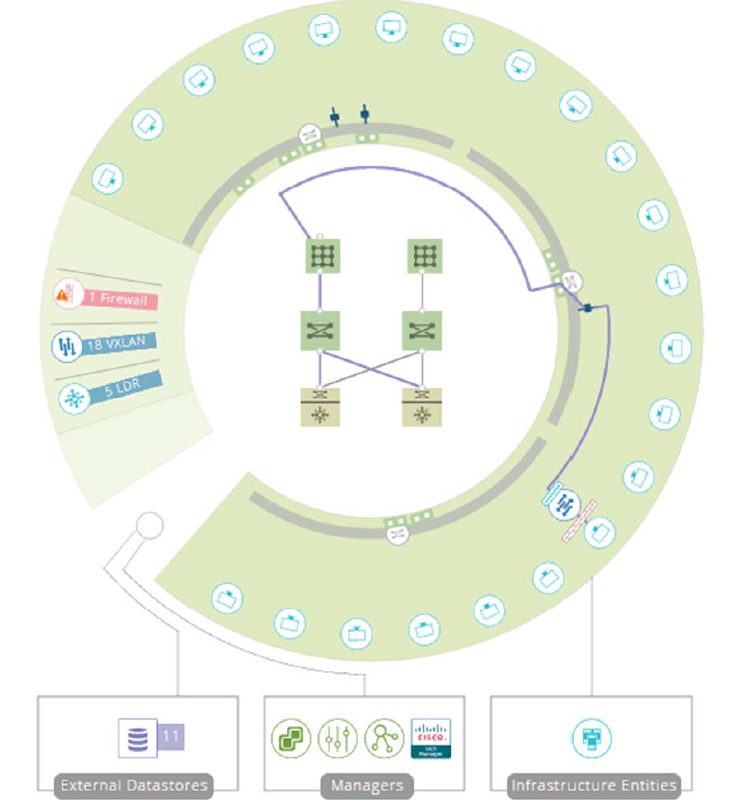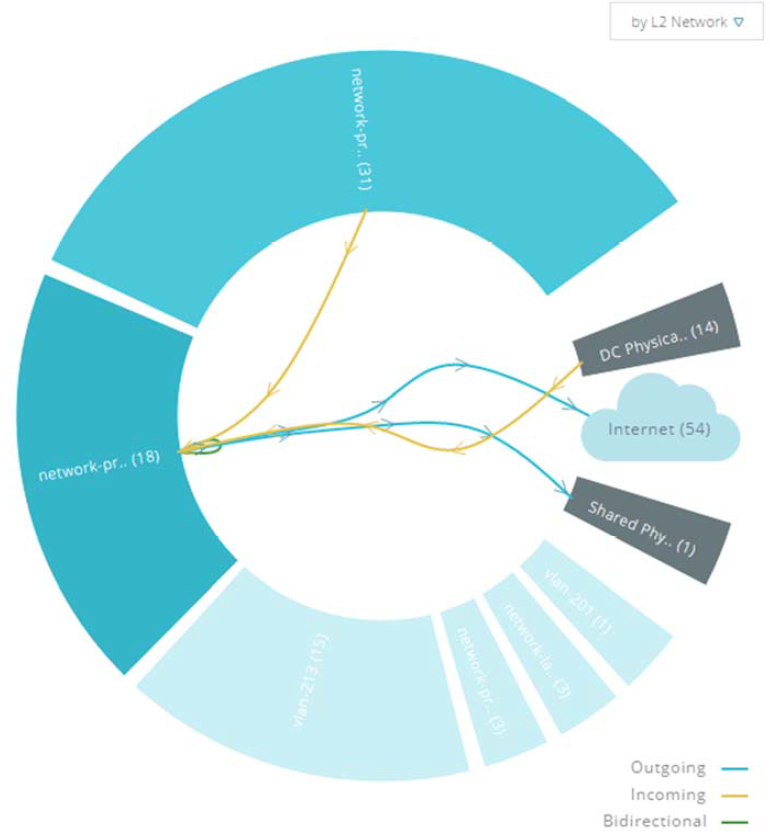Quick post to summerise the sessions I’ve attended on day 1 at @VMworld 2016 and few interesting things I’ve noted. First up are the 3 sessions I had planned to attend + the additional session I managed to walk in to.
Breakout Session 1 – Software Defined Networking in VMware validated Designs
- Session ID: SDDC7578R
- Presenter: Mike Brown – SDDC Integration Architect (VMware)
This was a quick look at the VMware Validated Designs (VVD) in general and the NSX design elements within the SDDC stack design in the VVD. If you are new to VVD’s and are typically involved in designing any solutions using the VMware software stack, it is genuinely worth reading up on and should try to replicate the same design principles (within your solution design constraints) where possible. The diea being this will enable customers to deploy robust solutions that have been pre-validated by experts at VMware in order to ensure the ighest level of cross solution integrity for maximum availability and agility required for a private cloud deployment. Based on typical VMware PSO best practices, the design guide (Ref architecture doc) list out each design decision applicable to each of the solution components along with the justification for that decision (through an explanation) as well as the implication of that design decision. An example is given below
I first found out about the VVDs during last VMworld in 2015 and mentioned in my VMworld 2015 blog post here. At the time, despite the annoucement of availability, not much content were actually avaialble as design documents but its now come a long way. The current set of VVD documents discuss every design, planning, deployment and operational aspect of the following VMware products & versions, integrated as a single solution stack based on VMware PSO best practises. It is based on a multi site (2 sites) production solution that customers can replicate in order to build similar private cloud solutions in their environments. These documentation set fill a great big hole that VMware have had for a long time in that, while their product documentation cover the design and deployment detail for individual products, no such documentaiton were available for when integrating multiple products and with VVD’s, they do now. In a way they are similar to CVD documents (Cisco Validated Designs) that have been in use for the likes of FlexPod for VMware…etc.
VVD’s generally cover the entire solution in the following 4 stages. Note that not all the content are fully available yet but the key design documents (Ref Architecture docs) are available now to download.
- Reference Architecture guide
- Architecture Overview
- Detailed Design
- Planning and preperation guide
- Deployment Guide
- Deployment guide for region A (primary site) is now available
- Operation Guide
- Monitoring and alerting guide
- backup and restore guide
- Operation verification guide
If you want to find out more about VVDs, I’d have a look at the following links. Just keep in mind that the current VVD documents are based on a fairly large, no cost barred type of design and for those of you who are looking at much smaller deployments, you will need to exercise caution and common sense to adopt some of the recommended design decisions to be within the appplicable cost constraints (for example, current NSX design include deploying 2 NSX managers, 1 integrated with the management cluster vCenter and the other with the compute cluster vCenter, meaning you need NSX licenses on the management clutser too. This may be an over kill for most as typically, for most deployments, you’d only deploy a single NSX manager integrated to the compute cluster)
- Home page: http://www.vmware.com/solutions/software-defined-datacenter/validated-designs.html
- VVD Download page: https://www.vmware.com/support/pubs/vmware-validated-design-pubs.html
As for the Vmworld session itself, the presenter went over all the NSX related design decisions and explained them which was a bit of a waste of time for me as most people would be able to read the document and understand most of those themselves. As a result I decided the leave the session early, but have downloaded the VVD documents in order to read throughly at leisure. 🙂
Breakout Session 2 – vRA, API, Ci Oh My!
- Session ID: DEVOP7674
- Presenters
- Kris Thieler – Staff engineer (VMware)
- Ryan Kelly – Staff engineer (VMware)
As I managd to leave the previous session early, I manage to just walk in to this session which had just started next door and both Kris and Ryan were talking about the DevOps best practises with vRealize Automation and vrealize Code Stream. they were focusing on how developpers who are using agile development that want to invoke infrastructure services can use these products and invoke their capabilities through code, rather than through the GUI. One of the key focus areas was the vRA plugin for Jenkins and if you were a DevOps person of a developper, this session content would be great value. if you can gain access to the slides or the session recordings after VMworld (or planning to attend VMworld 2016 Europe), i’d highly encourage you to watch this session.
Breakout Session 3 – vRealize, Secure and extend your data center to the cloud suing NSX: A perspective for service providers and end users
- Session ID: HBC7830
- Presenters
- Thomas Hobika – Director, America’s Service Provider solutions engineering & Field enablement, vCAN, vCloud Proviuder Software business unit (VMware)
- John White – Vice president of product strategy (Expedient)
This session was about using NSX and other products (i.e. Zerto) to enable push button Disaster Recovery for VMware solutions presented by Thomas, and John was supposed to talk about their involvement in designing this solution. I didn’t find this session content that relevent to the listed topic to be honest so left failrly early to go to the blogger desks and write up my earlier blog posts from the day which I thought was of better use of my time. If you would like more information on the content covered within this sesstion, I’d look here.
Breakout Session 4 – Practical NSX Distributed Firewall Policy Creation
- Session ID: SEC7568
- Presenters
- Ron Fuller – Staff Systems Engineer (VMware)
- Joseph Luboimirski – Lead virtualisation administrator (University of Michigan)
Fairly useful session focusing about NSX distributed firewall capability and how to effectively create a zero trust security policy on ditributed firewall using vairous tools. Ron was talking about various different options vailablle including manual modelling based on existing firewall rules and why that could potentially be inefficient and would not allow customers to benefit from the versatality available through the NSX platform. He then mentioned other approaches such as analysing traffic through the use of vRealize Network Insight (Arkin solution) that uses automated collection of IPFIX & NetFlow information from thre virtual Distributed Switches to capture traffic and how that capture data could potentialy be exported out and be manipulated to form the basis for the new firewall rules. He also mentioned the use of vRealize Infrastructure Navigator (vIN) to map out process and port utilisation as well as using the Flow monitor capability to capture exisitng communication channels to design the basis of the distributed firewall. The session also covered how to use vRealize Log Insight to capture syslogs as well.
All in all, a good session that was worth attending and I would keep an eye out, especially if you are using / thinking about using NSx for advanced security (using DFW) in your organisation network. vRealize Network Insight really caught my eye as I think the additional monitoring and analytics available through this platform as well as the graphical visualisation of the network activities appear to be truely remarkeble (explains why VMware integrated this to the Cross Cloud Services SaS platform as per this morning’s announcement) and I cannot wait to get my hands on this tool to get to the nitty gritty’s.
If you are considering large or complex deployment of NSX, I would seriously encourage you to explore the additional features and capabilities that this vRNI solution offers, though it’s important to note that it is licensed separately form NSX at present.
Outside of these breakout sessions I attended and the bloggin time in between, I’ve managed to walk around the VM Village to see whats out there and was really interested in the Internet Of Things area where VMware was showcasing their IOT related solutions currently in R&D. VMware are currently actively developing an heterogeneous IOT platform monitoring soluton (internal code name: project Ice). The current version of the project is about partnering up with relevent IOT device vendors to develop a common monitoring platform to monitor and manage the various IOT devices being manufacured by various vendors in various areas. If you have a customer looking at IOT projects, there are opportunities available now within project Ice to sign up with VMware as a beta tester and co-develop and co-test Ice platform to perform monitoring of these devices.
An example of this is what VMware has been doing with Coca Cola to monitor various IOT sensors deployed in drinks vending machines and a demo was available in the booth for eall to see
Below is a screenshot of Project Ice monitoring screen that was monitoring the IOT sensors of this vending machine. 
The solution relies on an Open-Source, vendor neutral SDK called LIOTA (Little IOT Agent) to develop a vendor neutral agent to monitor each IOT sensor / device and relay the information back to the Ice monitoring platform. I would keep and eye out on this as the use cases of such a solution is endless and can be applied on many fronts (Auto mobiles, ships, trucks, Air planes as well as general consumer devices). One can argue that the IOT sensor vendors themselves should be respornsible for developping these mo nitoring agents and platforms but most of these device vendors do not have the knowledge or the resources to build such intelligent back end platforms which is where VMware can fill that gap through a partship.
If you are in to IOT solutions, this is defo a one to keep your eyes on for further developments & product releases. This solution is not publicly available as of yet though having spoken to the product manager (Avanti Kenjalkar), they are expecting a big annoucement within 2 months time which is totally exciting.
Some additional details can be found in the links below
- IOT@VMworld 2016 – http://blogs.vmware.com/euc/2016/08/internet-of-things-vmworld-2016.html
- LIOTA – https://www.vmware.com/ciovantage/article/liota-driving-iot-app-development
Cheers
Chan
#vRNI #vIN #VVD # DevOps #Push Button DR # Arkin Project Ice # IOT #LIOTA








